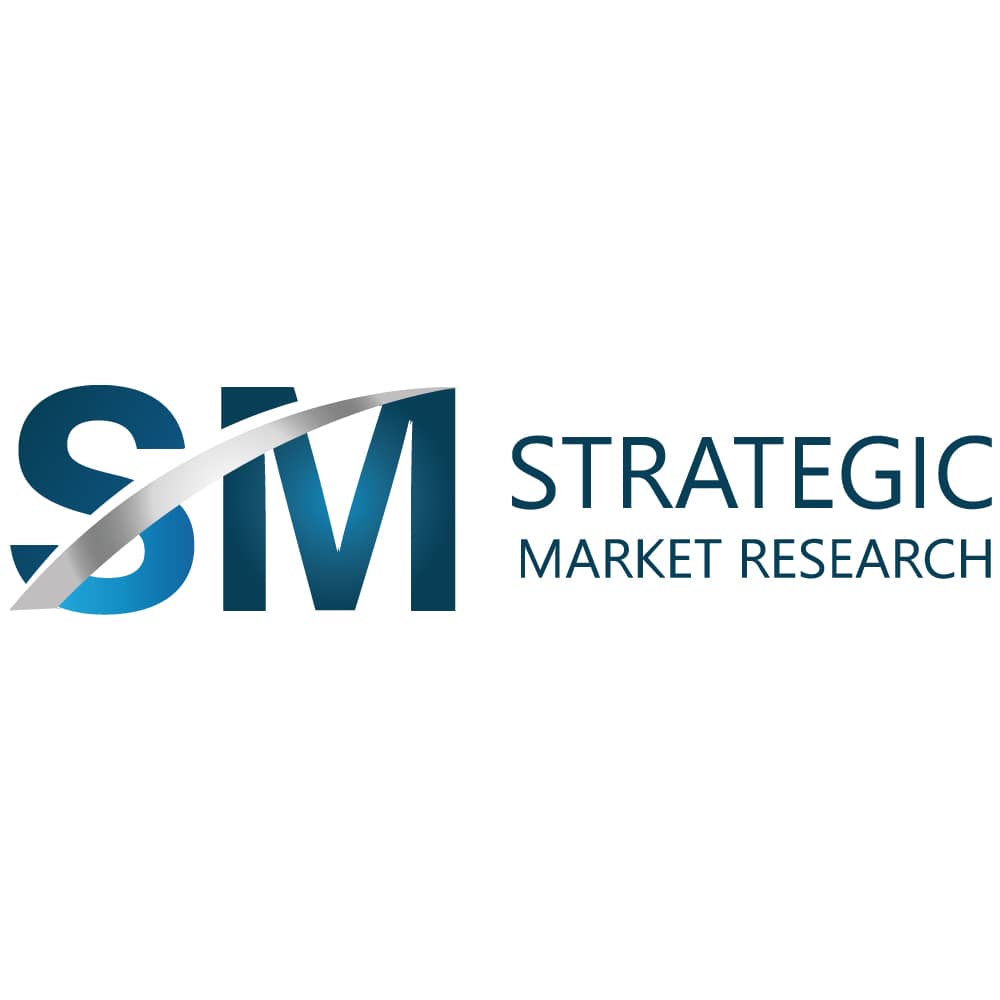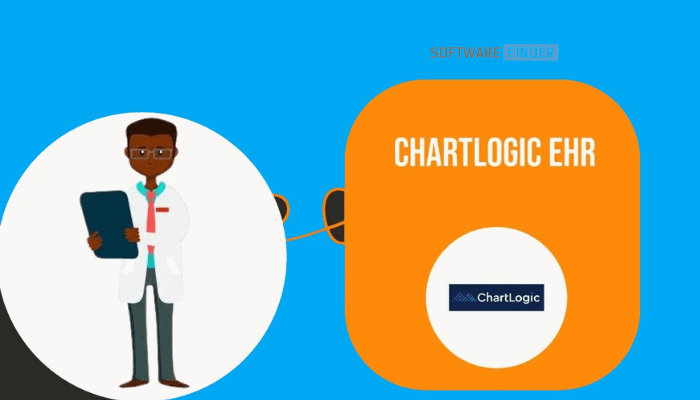DNA sequencing market drivers, shares & forecast report 2030

A laboratory method called DNA sequencing is performed to ascertain a DNA molecule’s sequence. Specifically, the configuration of the four nucleotide bases, Guanine, Cytosine, Adenine, and Thymine, can be analyzed by using a variety of sequencing techniques that are commercially accessible.
The market value of DNA Sequencing in 2021 was USD 10.5 billion and will reach USD 44 billion by 2030 at a 17.12% CAGR during 2021-2030.
The National Human Genome Research Institute said that all humans share 99.9% of the same genetic composition. DNA sequencing is explored to identify the diseases’ etiology in the remaining 0.1%. Numerous fields, including molecular biology, evolutionary biology, metagenomics, virology, medicine, and forensics, can benefit from the use of this technique.
A number of significant factors, such as the rising incidence of genetic illnesses (or chromosomal disorders), the growing desire for personalized medicine as a result of the rising need for targeted therapies, and technological advancements like third-generation Sequencing, will have an impact on the growth of the DNA sequencing market.
Market Dynamics
Drivers
The development of DNA sequencing technology has greatly aided the market’s expansion. From 2D Sequencing to DNA sequencing, sequencing technology has made major advancements. Recent advancements in technologies like Illumina/Solexa, ABI/SOLiD, 454/Roche, and Helicos have opened up new possibilities for high-throughput functional genomics research. This has been made possible by improved DNA sequencing instruments, more advanced sequencing techniques, creative methods for locating chromosome sequences, and researchers’ focus on building better genomes.Restraints
It is discovered that the equipment needed in the various phases of DNA sequencing is pricey. The National Human Genome Research Institute calculated that the operation will cost roughly USD 300 million in total. This might impede DNA sequencing and stop the market’s expansion. There are several places where DNA sequencing professionals are not readily available. As a result, niche DNA sequencing techniques and products take longer to be discovered, which slows the market’s expansion.Opportunities
Due to the prominence of cutting-edge novel technology on the market, the DNA sequencing sector offers tremendous opportunities for new players to flourish. Therefore, the leading firms likewise look for possibilities by utilizing their technological leadership. The introduction of next generation DNA sequencing (NGS) offers market participants chances to develop in the futureMarket Segmentation
By product, the consumables segment held biggest share of the market for DNA sequencing products. It is due to their widespread use and necessity during sample preparation, library creation, and other DNA sequencing-related activities. The Sequencing by synthesis technology segment will rule the global DNA sequencing market due to the extensive use of DNA sequencing platforms and the application of this technology in sequencing operations. Pyro sequencing technology will experience the quickest growth throughout the forecast period. By Technology, next-generation Sequencing dominated the DNA sequencing market in 2020, generating 58.6% of total revenue. Genome sequencing is now speedier, more affordable, and more accurate because of these technologies’ rapid improvements and the falling cost of Sequencing. Additionally, the NGS technology is becoming more widely used as a common clinical diagnostic test due to the COVID-19 pandemic, which helps the segment’s revenue share.Regional Insights
With 44.3 percent of the market’s revenue coming from DNA sequencing in 2020, North America ruled the sector. Due to technological advancements by major corporations, high R&D expenditure, and the accessibility of technologically advanced healthcare infrastructure, North America holds the greatest share of the global market for DNA sequencing. A number of government projects in the US and Canada promotes the development of cancer treatments and medications. The Asia-Pacific market will grow at the quickest rate in the global DNA sequencing market due to the high patient population, expanding healthcare infrastructure, and rising healthcare spending. China, the second-largest economy in the world, will reach a market size of US$1.3 billion in 2027, representing a CAGR of 17.2% throughout the forecast period, due to an aging population with an increasing incidence of cancer, a sedentary lifestyle, and an effective reimbursement scenario.Key Players
- Agilent Technologies, Inc.
- Illumina, Inc.
- Merck KGaA
- Thermo Fischer Scientific, Inc.
- F. Hoffman-La Roche Ltd.
- Eppendorf
- OpenTrons
- TTP Labtech Ltd.
- Beckman Coulter
- Siemens Healthineers AG
- Pacific Biosciences
- Gilson
- Neotec
- Element Biosciences, Inc.






